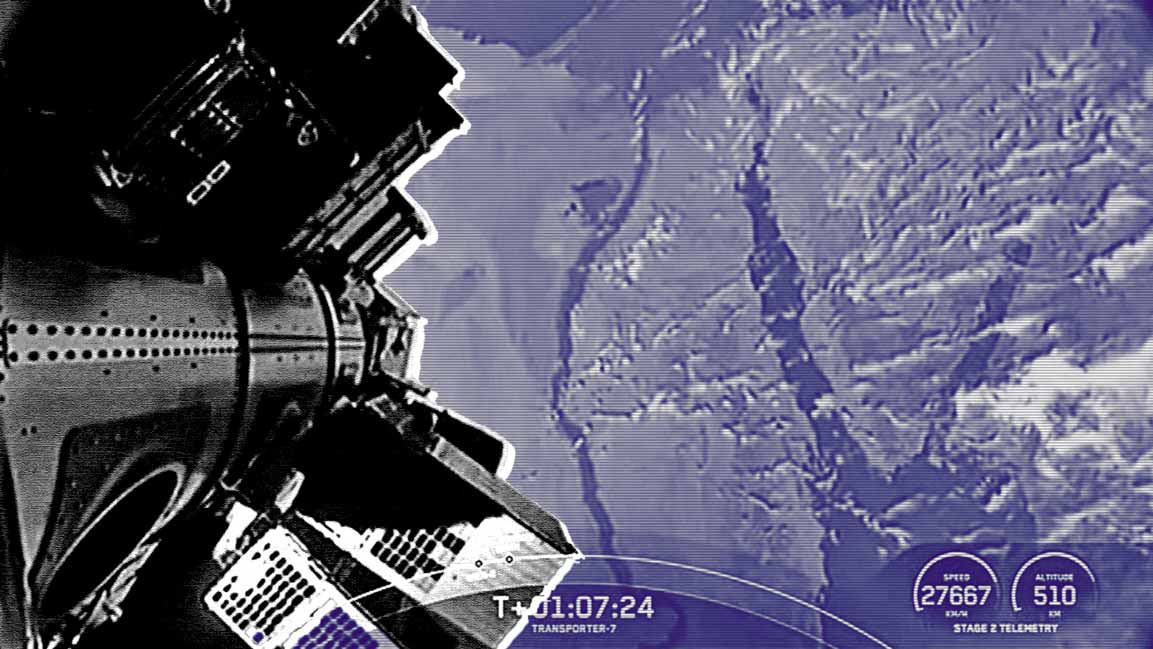- | 2:00 pm
Saudi Arabia’s KAUST launches advanced satellite for Earth observation research
The satellite will collect data across the terrestrial, coastal, and ocean ecosystems around the globe.

There’s a growing interest in the space sector in Saudi Arabia. Recently, King Abdullah University of Science and Technology (KAUST) has successfully launched a CubeSat nanosatellite in cooperation with space-to-cloud data and analytics company Spire Global.
The satellite will collect high-resolution and high-quality data across the terrestrial, coastal, and ocean ecosystems around the globe to assist Saudi Arabia in monitoring its natural resources.
The satellite is equipped with an advanced hyperspectral camera, the latest on-board processing unit, and a Global Navigation Satellite System Reflectometry (GNSSR) of Spire Global.
“The hyperspectral imager is not only collecting imagery, but it also integrates with onboard processing that allows analysis of the data even before it is returned to the ground,” said Matthew McCabe, professor of remote sensing and water security, and director of the Climate and Livability Initiative at KAUST.
Apart from providing enhanced Earth observation capabilities, the satellite will yield data related to protecting and restoring the environment. For example, the hyperspectral imager can be used to characterize terrestrial and marine systems, allowing an assessment of the condition of rangelands, soils, mangroves and other plant communities — delivering information that can be used to understand the region’s unique ecosystems and help to better monitor and manage their health.
“Developing a community of scientists and collaborators who can access this data will bring global perspectives to local and regional questions that we’re trying to address,” McCabe said.
Though the mission will image the Saudi Arabian peninsula and surrounding region, the satellite has the capability to gather information and images from anywhere on Earth.































